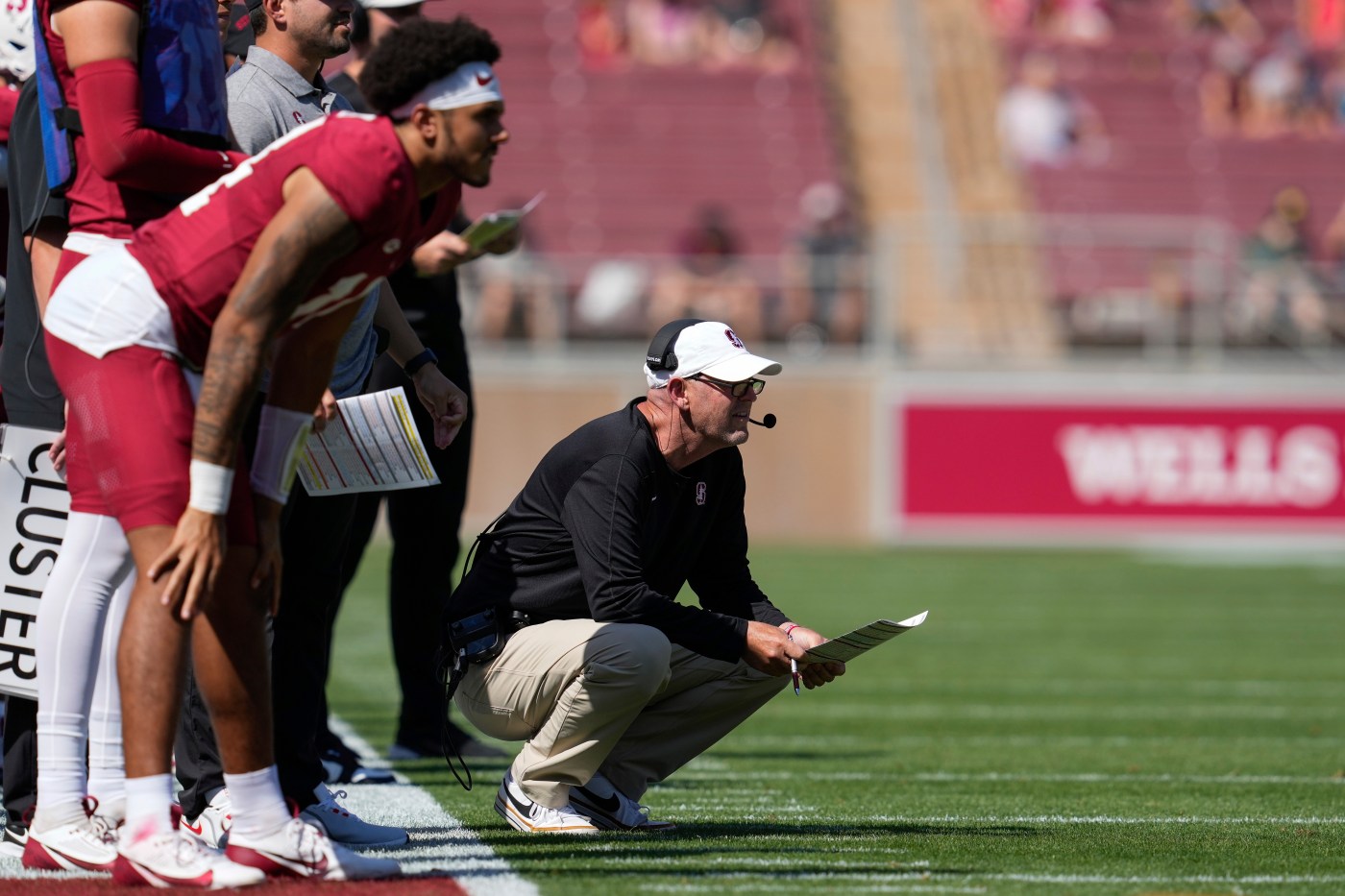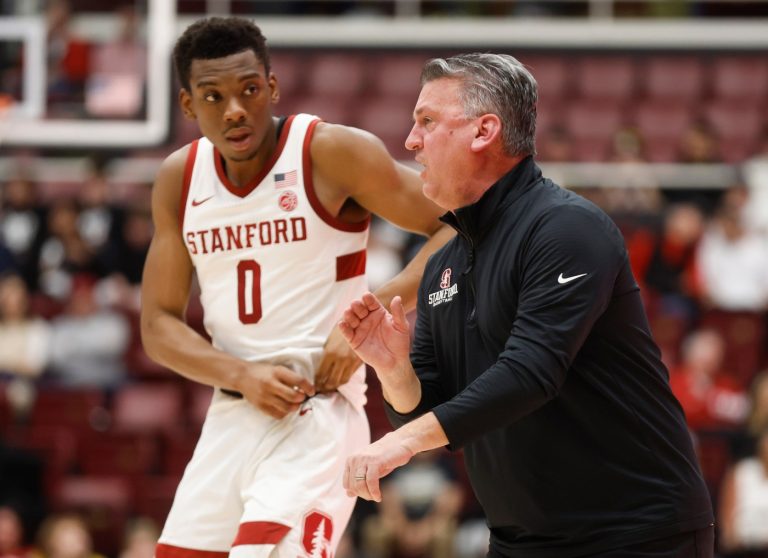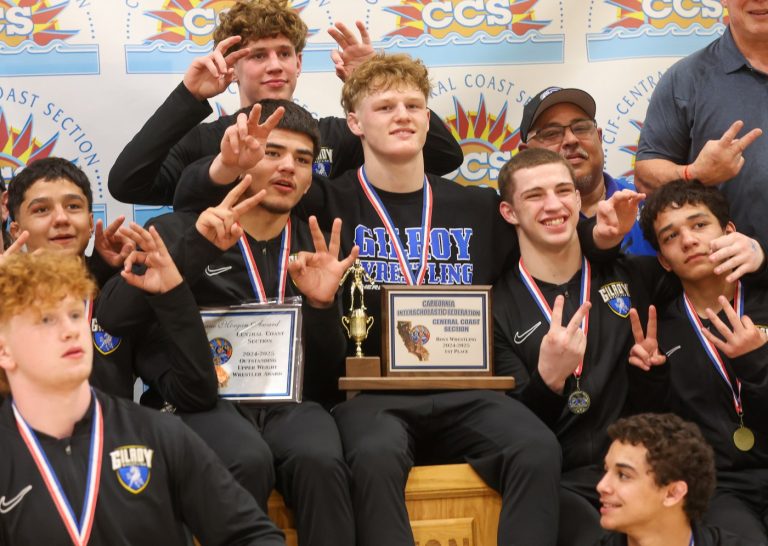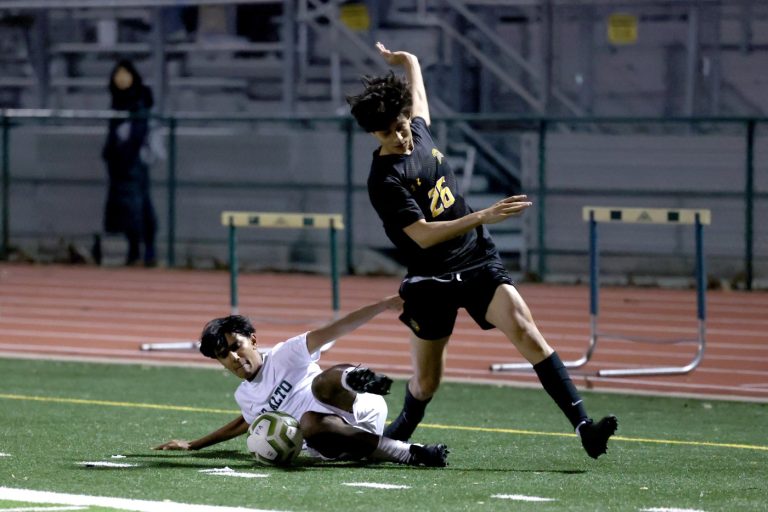STANFORD — With its new conference affiliation, Stanford is guaranteed to play two opponents every year. One is the team from across the Bay it has faced 126 times. The other is SMU, a school from Dallas it has faced just once before, in the 1936 Rose Bowl.
But to decrease the number of times the schools must travel to the Eastern Time Zone for ACC games, the Cardinal and Mustangs will play each other annually, starting Saturday at Stanford Stadium (5 p.m., ACC Network).
“They’ve gone all in (on football) and you can see the results,” Stanford coach Troy Taylor said. “They’re competing at a really high level in their first year in the ACC. It’ll be a great challenge for us every year.”
While Stanford and Cal agreed to take a partial distribution of media rights in their first seven years in the conference, SMU was even more desperate to be in a power conference and is taking no media rights revenue at all during that time.
But so far, the revenue disparity hasn’t impacted its performance on the field. No. 21 SMU (5-1, 2-0) is averaging 40.8 points a game, tied for 13th in the FBS, and its only loss was by 3 against undefeated BYU.
Since Kevin Jennings became the starting QB following the BYU loss, the Mustangs have had high-scoring wins over TCU (66-42), Florida State (42-16) and at then-No. 22 Louisville (34-27).
The Cardinal may be particularly vulnerable to the pass on Saturday. Safety Jay Green and cornerback Omari Porter had been ruled out due to injuries, while cornerback Zahran Manley is questionable. As a result, true freshmen Cam Richardson and Brandon Nicholson at cornerback and Jaylen’Dai Sumlin at safety are expected to see their roles increase.
“The team we’re playing this week is heavy in the transfer portal,” Taylor said. “We’re not able to do that, so we end up having to use a lot of young players when our starters go down as opposed to having 20 guys from the transfer portal.”
The Cardinal (2-4, 1-2) has scored just 16.2 points a game against FBS opponents and has suffered three straight blowout losses – 40-14 at Clemson, 31-7 at home against Virginia Tech, and 49-7 at Notre Dame.
Although Taylor is a former quarterback at Cal and oversaw a record-setting offense at his previous stop, Sacramento State, the Cardinal has passed for an average of 111.3 yards a game during its losing streak.
Related Articles
Daniels returns at QB, but Stanford can’t keep up with No. 11 Notre Dame
What to know before Stanford kicks off at No. 11 Notre Dame
Mailbag: SEC, Big Ten consolidate control over CFB
Cardinal play at Notre Dame on Saturday, but when will rivalry game return to the schedule?
Virginia Tech ruins Stanford’s first-ever ACC home game, beats Cardinal 31-7
“Obviously everybody first looks at the quarterback, but it’s a full deal,” Taylor said. “It’s on me as well. I have to do a better job of putting our guys in a situation to be successful, and then protection and being able to get guys out on routes to affect the defense with not exposing our quarterback to take too many hits, and then being able to win on the outside, so all those things play a part. But I would say the passing game is not nearly at the standard that I want us to be at.”
Current QBs Ashton Daniels and Justin Lamson have combined to commit nine giveaways. That could be an issue against the Mustangs, who have forced a national-best 15 turnovers.
One hope for Stanford is the possible return of freshman Elijah Brown. Although it came against FCS back-ups, Brown completed all seven of his passes for 97 yards in his collegiate debut against Cal Poly. But Brown then suffered an undisclosed injury before the Clemson game and hasn’t returned.
“He’s progressed much more rapidly than I initially was told or thought, so really it’s just a matter of when he feels comfortable and ready to roll,” Taylor said. “So I would say it’s way ahead of schedule. Now will that be this week? I don’t know that will happen but it’s a lot quicker than we thought he would be.”












